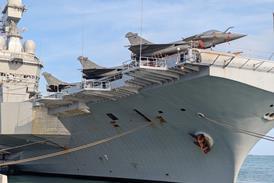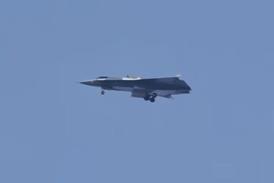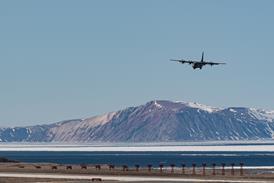Eurocontrol is pushing air traffic management surveillance by multilateration as one of the future's safest and most accurate alternatives to radar and automatic dependent surveillance (ADS).
The agency has completed a successful workshop on wide area multilateration (WAM) intending to "promote broader awareness on the emerging surveillance technique" that is in active use at some locations in Europe and the rest of the world.
Eurocontrol says that from early in January next year it will offer its first courses on WAM at its Luxembourg training institute.
The surveillance system uses a series of antennas around an area that passively receives the signals transmitted by aircraft transponders, whether their normal Mode A or C signals, Mode S, or ADS-broadcast, and locate each aircraft's three-dimensional position by computing the signal's time difference of arrival.
Four antennas can compute an aircraft's position to a certificated 200m (655ft), but 99% of targets are located within a 70m bubble, according to Ernst Wieser of Austro Control.
He told the workshop that his organisation uses multilateration for surveillance of aircraft on approach and departure at Innsbruck, which is in a deep, narrow steep-sided valley where radar is useless because of the returns from the mountainsides. WAM is also efficient, however, for terminal area and en route surveillance.
Eurocontrol says more than 150 people from 30 countries, including delegates from air navigation service providers, states, military, airlines and universities, attended the WAM workshop.
Representatives from three multilateration system manufacturers, Era, Roke Manor Research and Sensis provided information on their equipment.
The agency says it is pushing the new technology because "it provides equal to or better performance than secondary surveillance radar and reduces pollution on radio frequencies by passively receiving the majority of its data. WAM is considerably less expensive to deploy and can be configured to provide excellent coverage, even in mountainous regions, thus bringing new safety benefits to those areas unsuitable for conventional radars."
The workshop also heard that the signals from all the different types of active and passive surveillance systems can be integrated on an air traffic controller's display.
Source: Flight International























